Madeline, Pearl, Violet, Hattie, Antoinette, Evelyn & Hannah
In the summer of 2013, we joined a large effort involving eight other east coast sanctuaries and adopted seven White Leghorn hens rescued from a battery egg laying facility in Turlock, CA. Animal Place rescued 3,000 of these “spent” hens from the facility just days prior to their scheduled slaughter and flew 1,150 of them on a red-eye flight to nearby Elmira, New York. Pictured here on their first night after they had all climbed into the pod together.
When they arrived at our sanctuary, they began exploring their newly renovated hen house with attached predator-proof garden enclosure. They immediately began scratching at the grass, dust bathing and stretching their wings. Their feathers were filthy and some of the hens were quite weak so we lowered the perch and placed several different nesting options for them to choose from.
These hens spent the first two years of their lives crammed inside 20”x18”x14” wire cages containing up to ten hens each. (For comparison, the green pod pictured above is 22”x15”x17” which is similar in overall cubic square footage.) These cages are the legal size approved for use by the industry, yet did not provide enough room for our hens to outstretch their wings or perform normal chicken behaviors. “Free range” or “cage free” labels are misleading because many cruel practices are still permitted under such “humane” labeling.
Our hens still suffered from compulsive disorders and anxiety, which eased up with time as they began to settle in and realize that they were safe and loved.
As day-old chicks, our hens underwent debeaking, or searing off of part of their beaks without anesthesia, leaving them missing 2/3 to 1/2 of their beaks, some including a portion of their tongues. Fortunately, they were able to eat well from their deep food bowls.
Like all egg laying hens, at two years of age when their egg production rates began to fall, our hens were slated for slaughter. Their bodies were so depleted and damaged from nutritional deficiencies, lack of natural sunlight, and injuries that they were scheduled to be gassed to death in large containers and sent to landfills. Luckily, they were rescued in the nick of time and given the chance to begin their new lives.
As each day passed, our hens become more confident while embracing their newfound freedom. They took such delight in chasing bugs, feeling the raindrops and basking in the sun, it was often difficult to imagine their cruel beginnings. Witnessing their ability to recover both emotionally and physically was truly inspiring.
All of our hens eventually succumbed to reproductive cancer. Evelyn was the last hen to leave us at almost seven years old. She, and several of the others were given hormonal implants every 1-3 months to stop their egg laying which was constantly depleting their bodies. This worked quite well and helped them live longer and healthier lives.
There are many products and whole foods available to use instead of eggs for baking. (Ener-G, Bob’s Red Mill egg replacer, chia seeds, flax, applesauce or banana). Try one! You will feel healthier and will not be participating in the exploitation of egg laying hens.
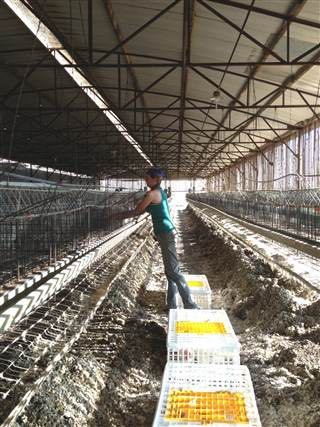
Animal Place rescuing the hens.
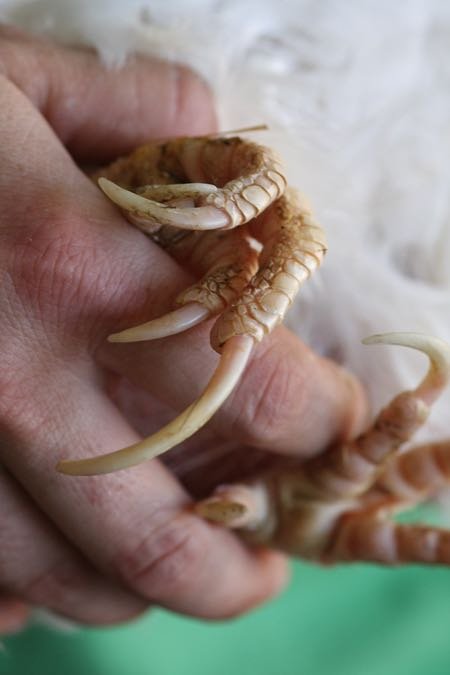
All the hens had overgrown nails after living on cage floors the first two years of their lives.
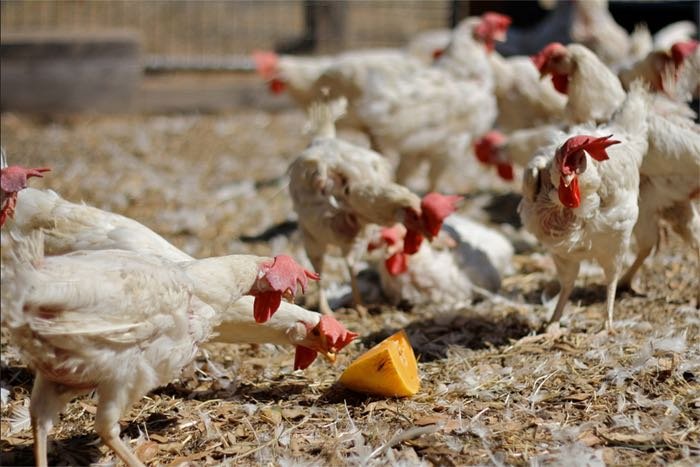
Liberated from the cages in California awaiting their flight out east.
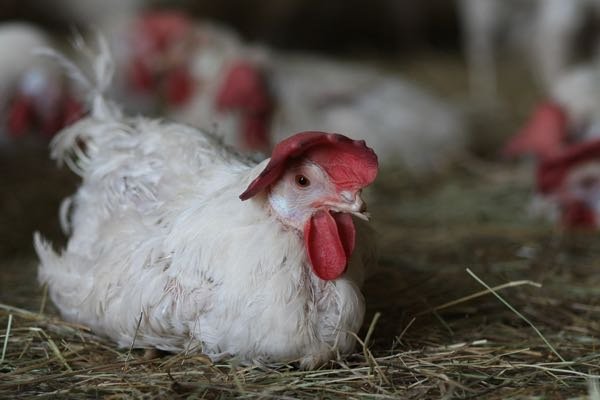
Liberated from battery laying cages in California.
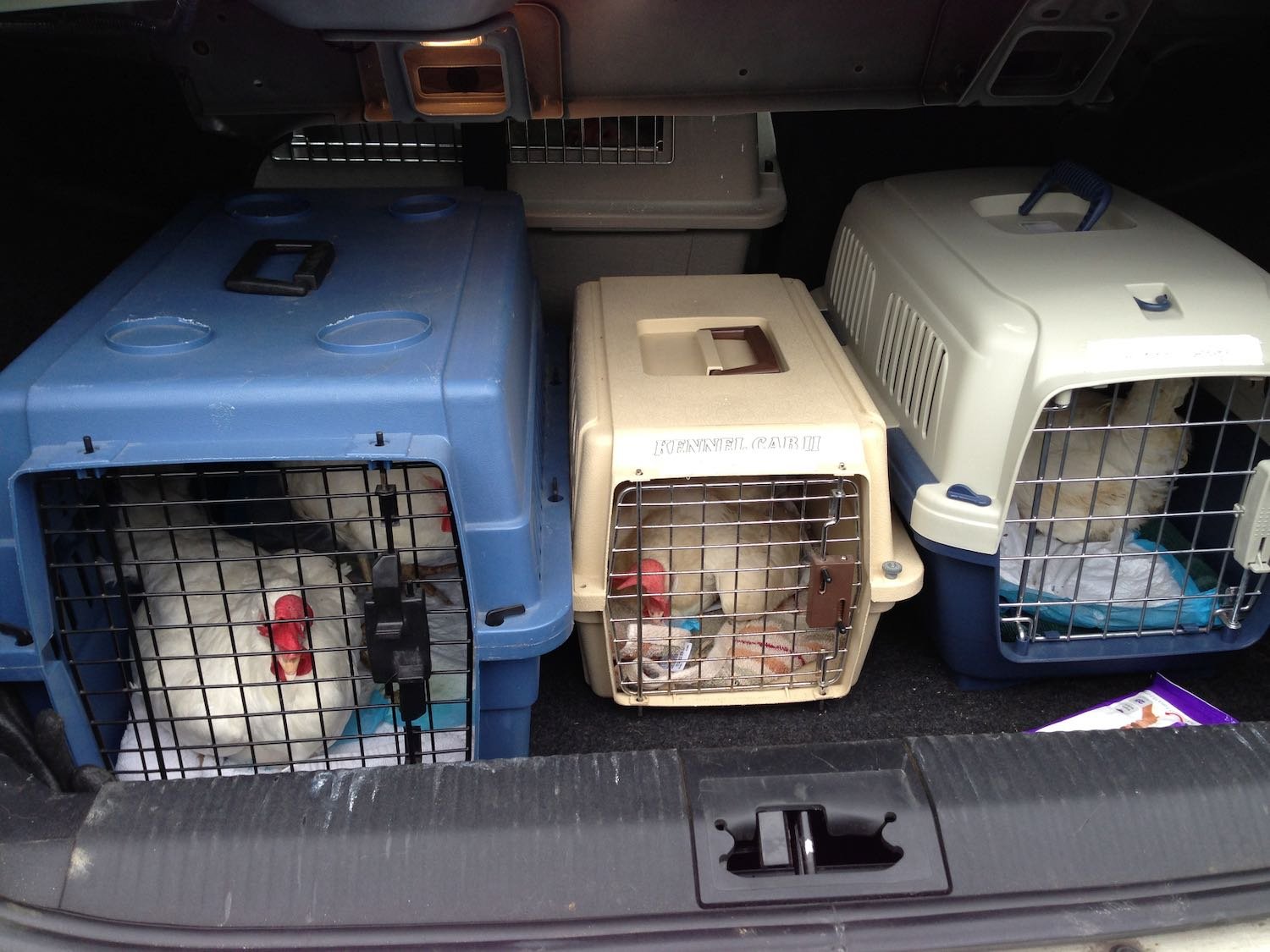
On our way back to the sanctuary.
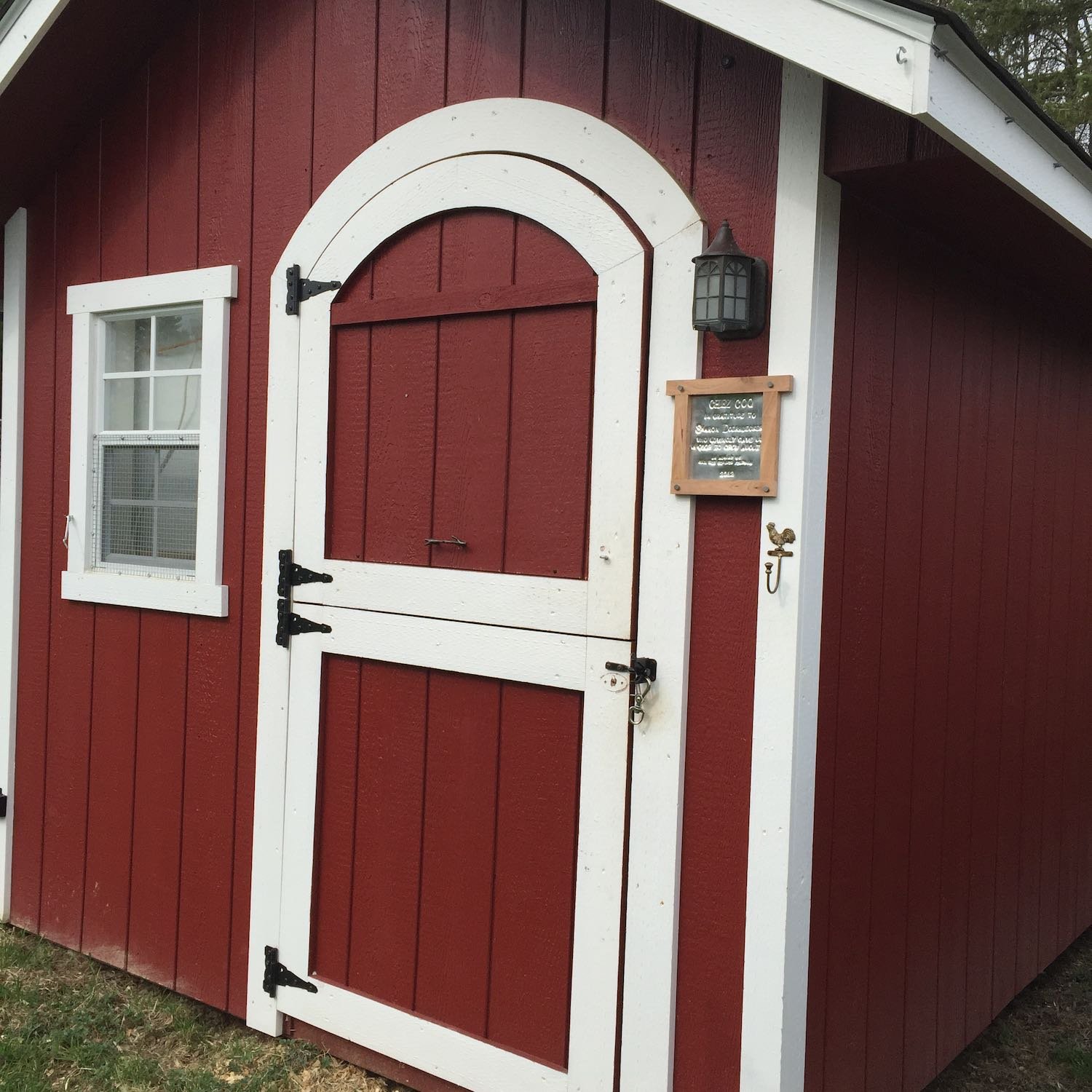
The ladies moved into the coop where our roosters, Phil & Bill lived for a few years before they passed away.
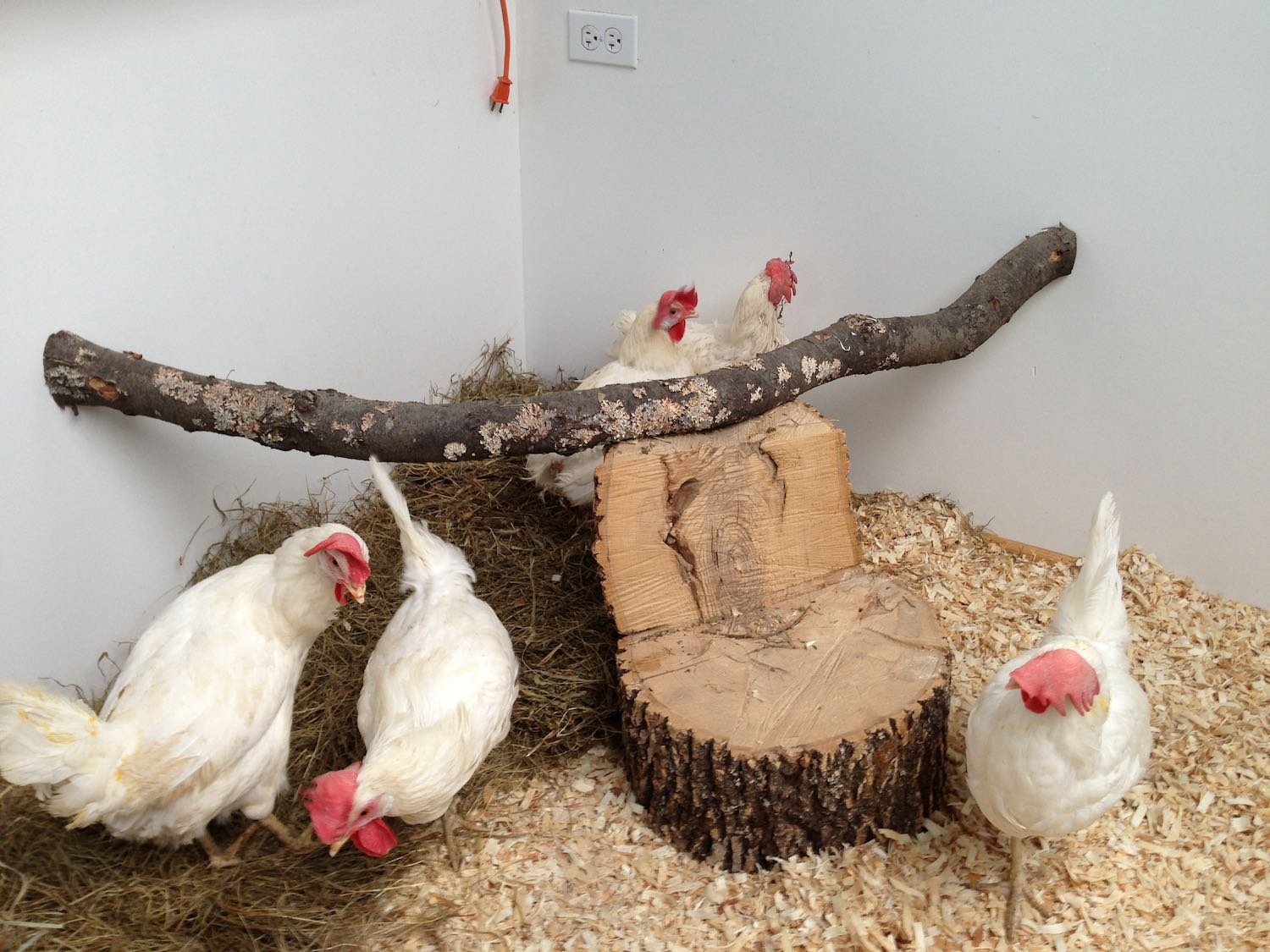
First day at Coming Home!
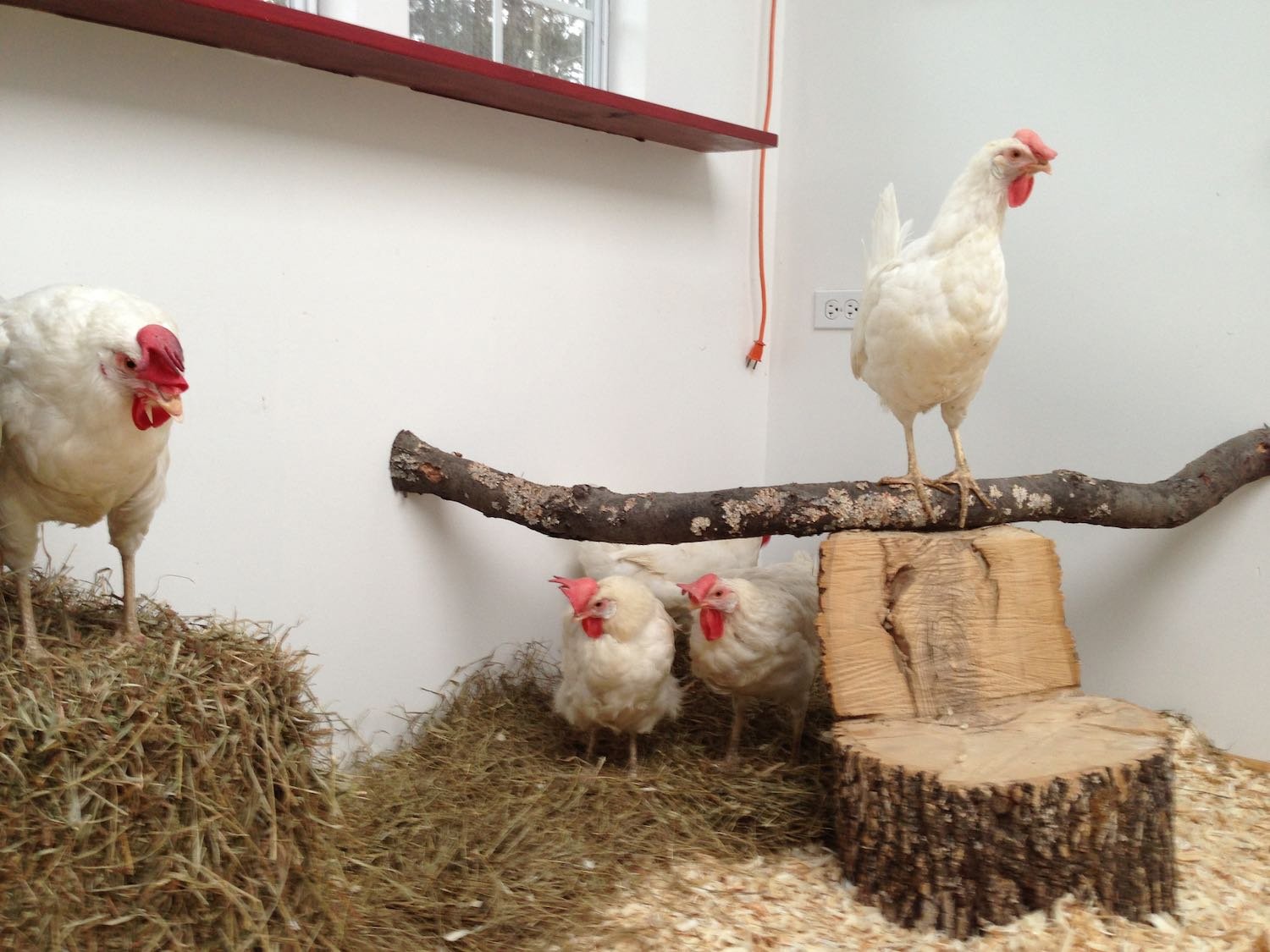
First day at the sanctuary. Lots of different perching and sleeping spots for everyone.
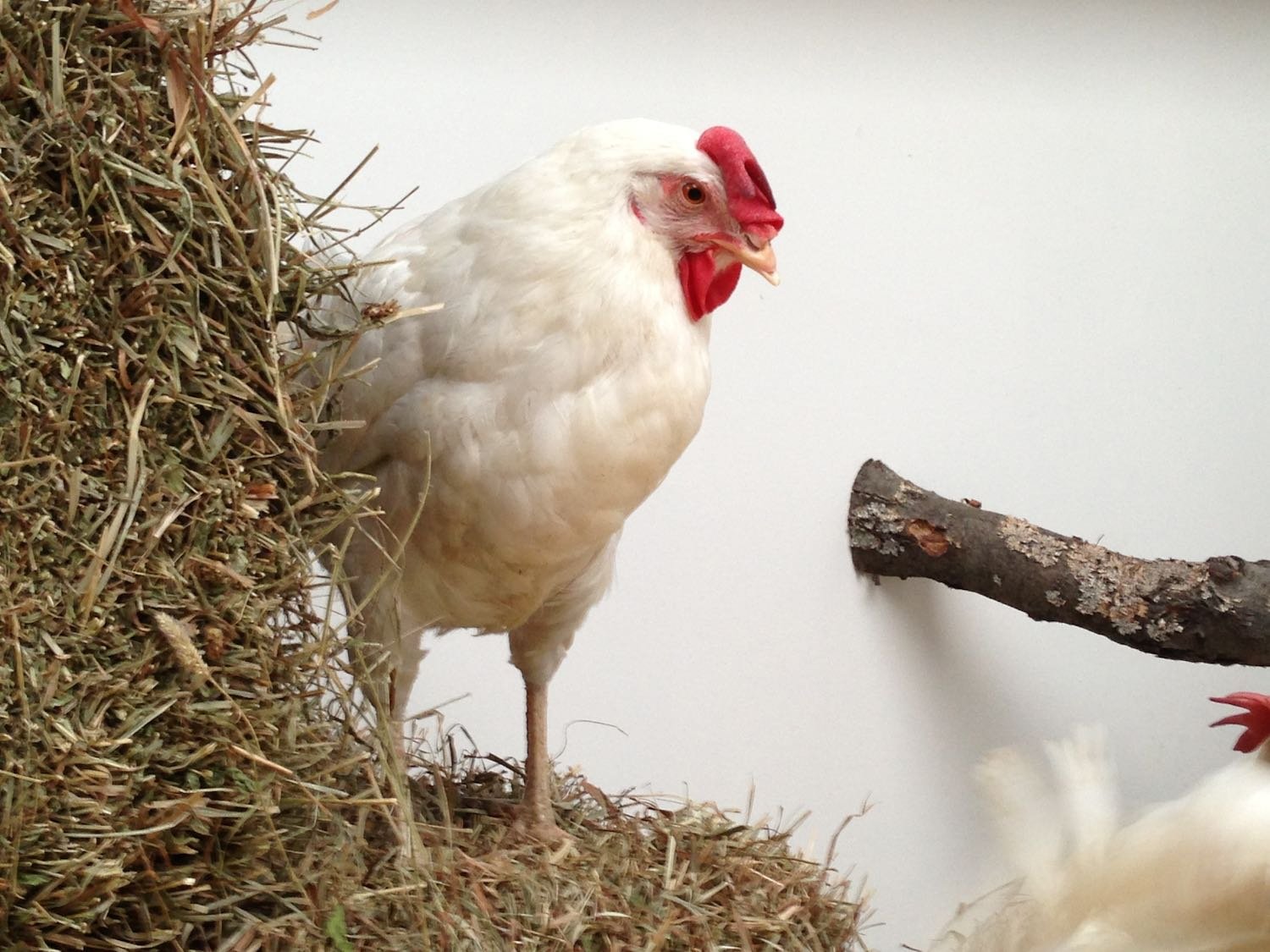
Pearl found a good spot.
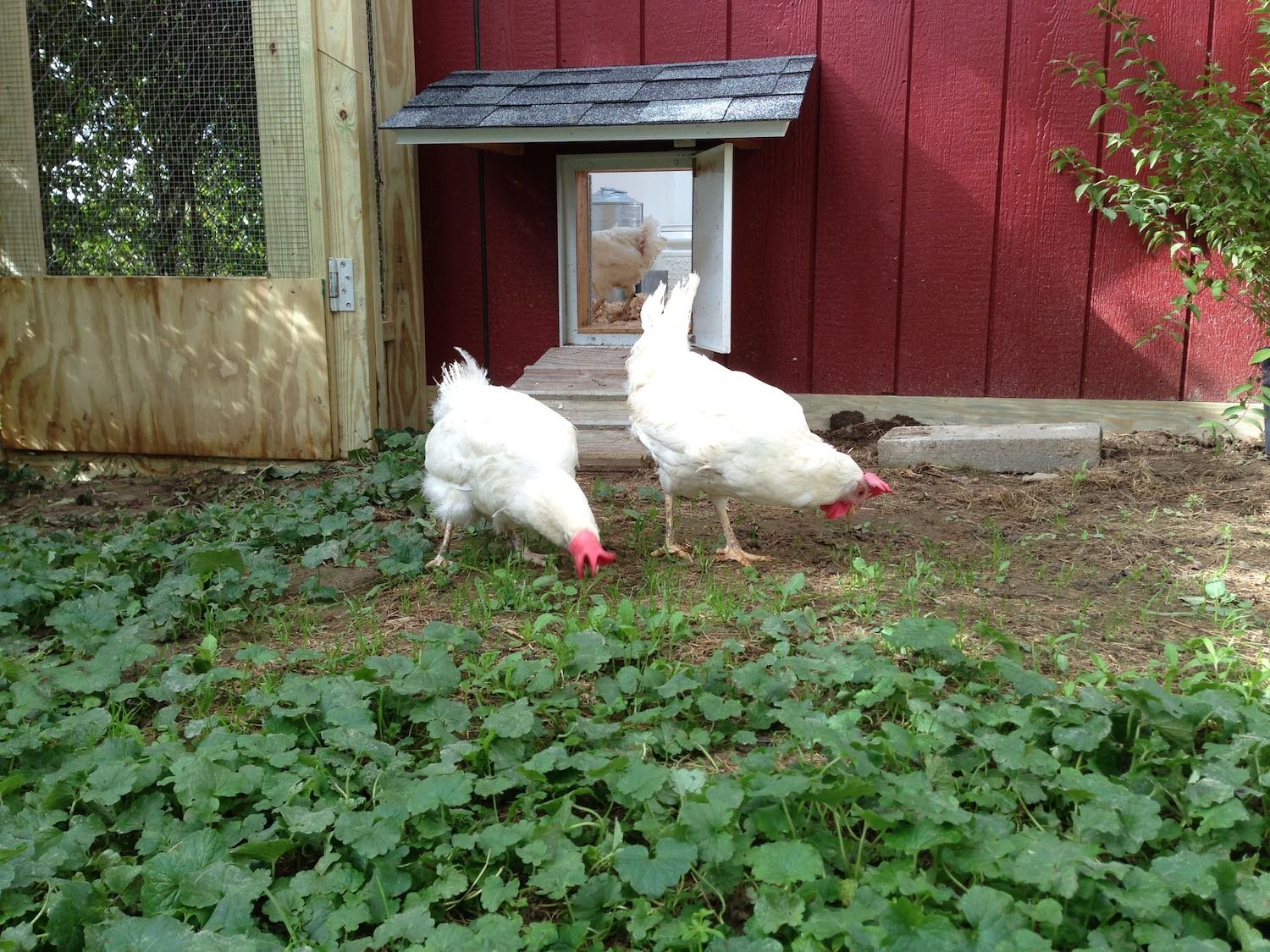
Exploring the great outdoors.
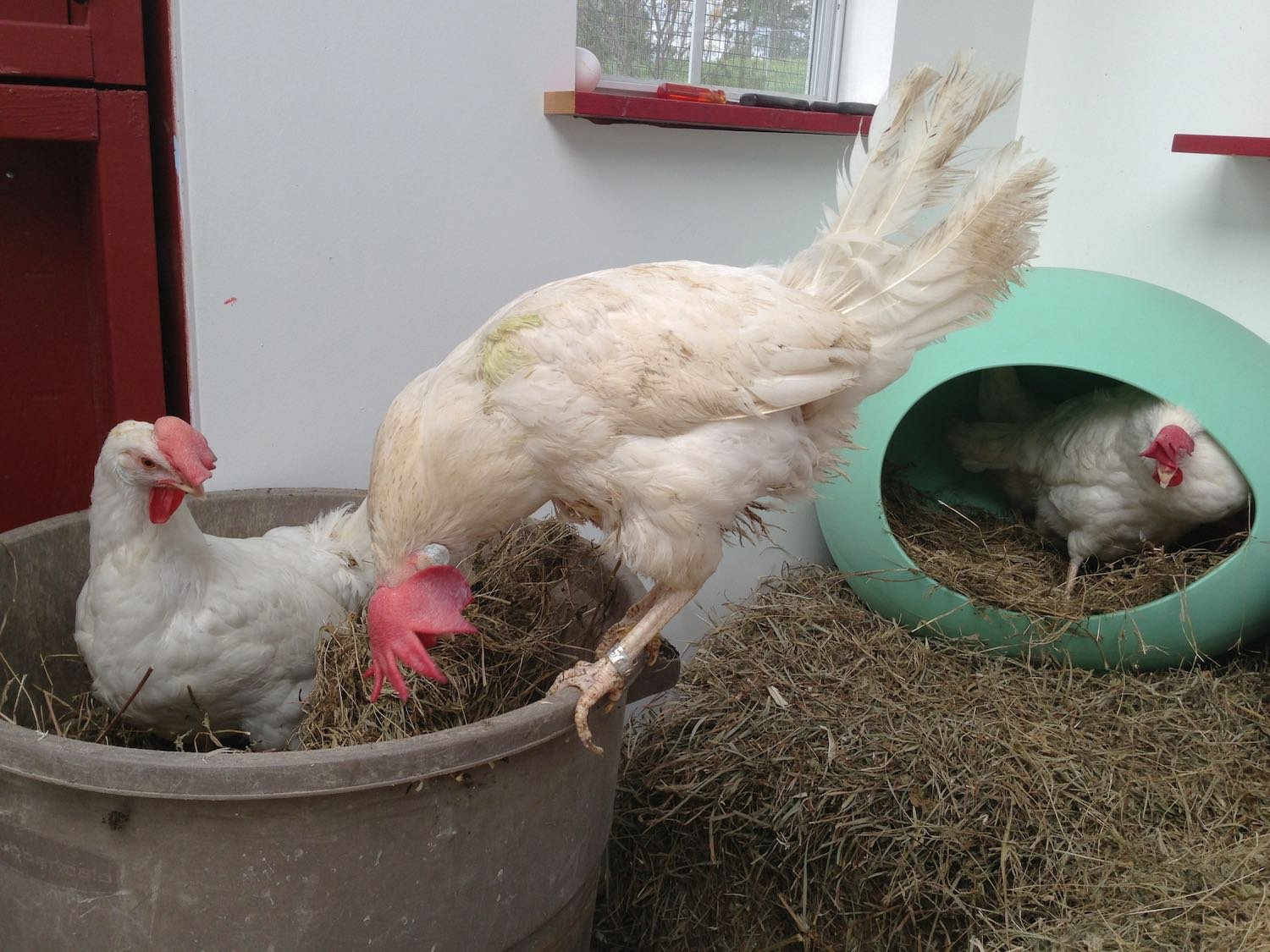


Hattie and Antoinette checking out the new dirt.
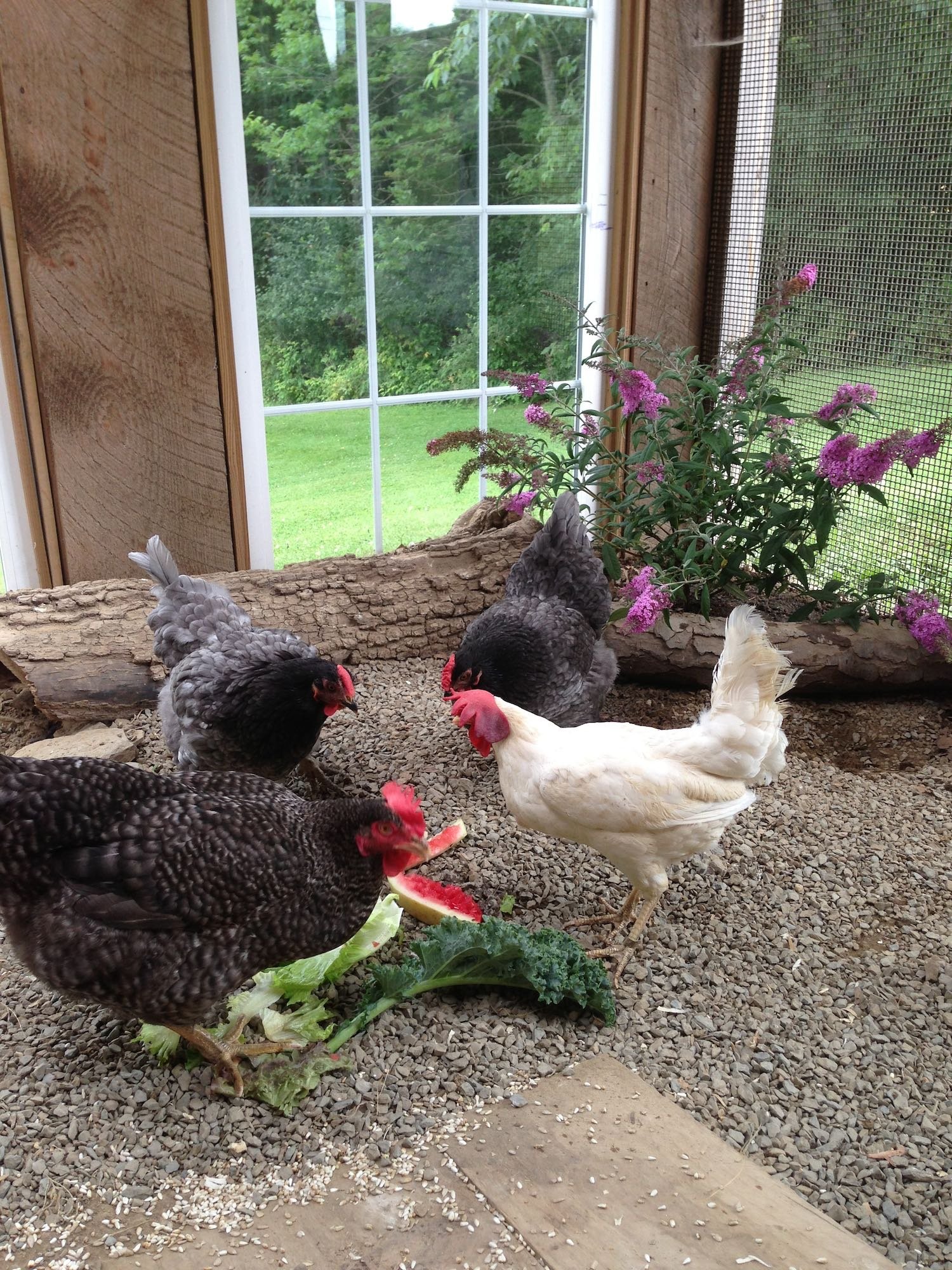
Henrietta, Evelyn, Vivienne & Vera enjoying some kale and watermelon.
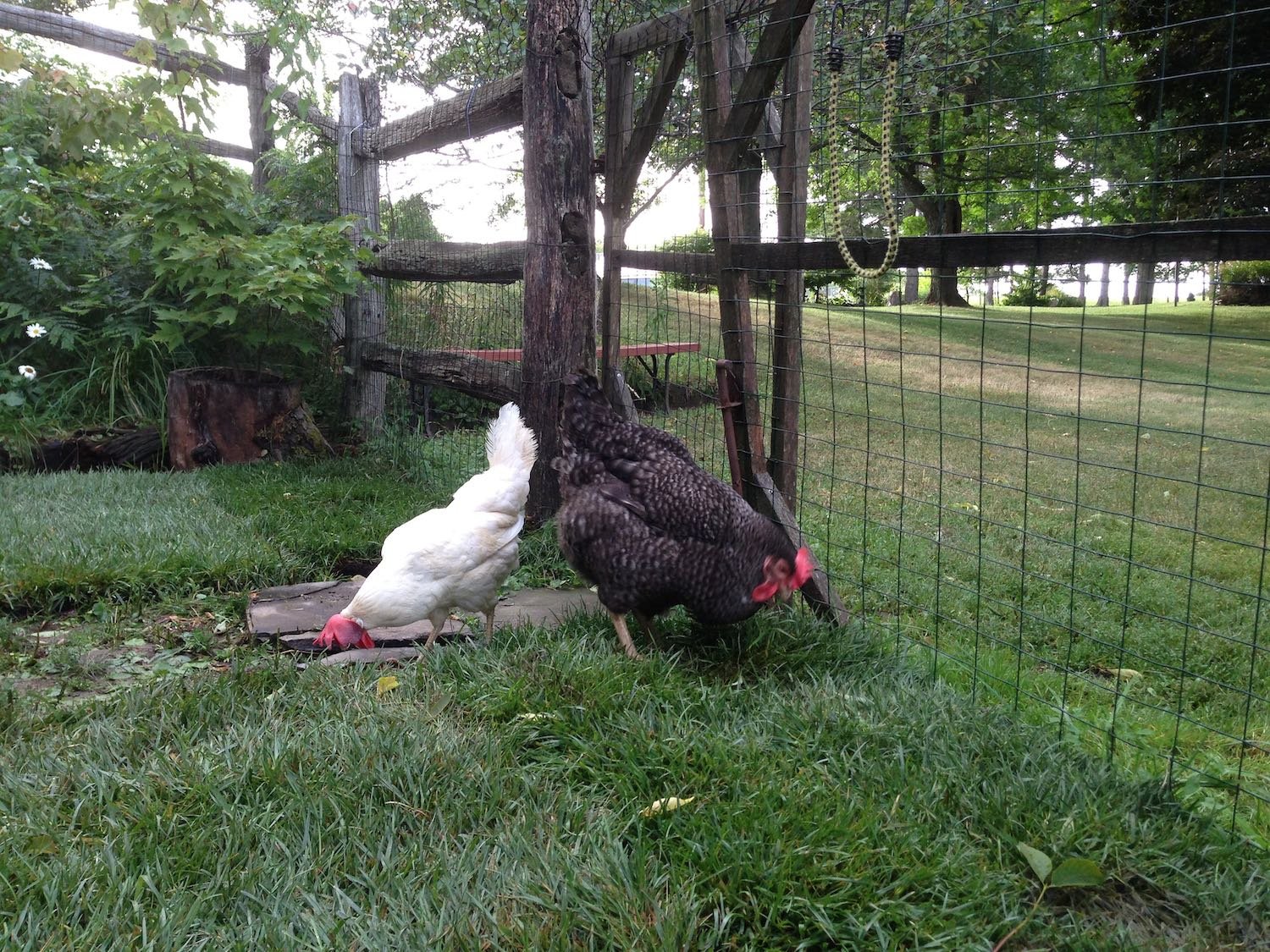
Evelyn and her best buddy, Henrietta.
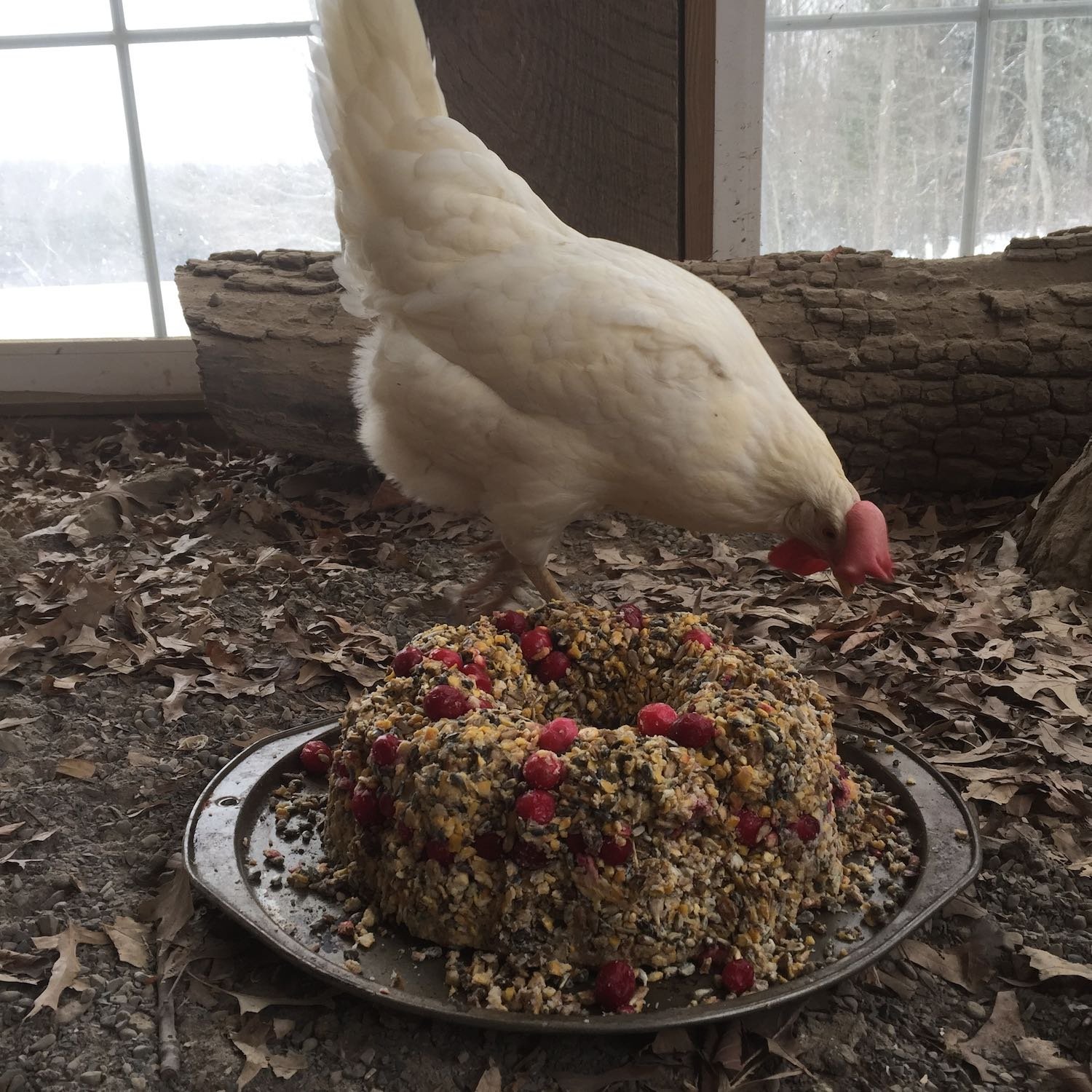
A tasty bundt treat made by my niece and nephew for the ladies.
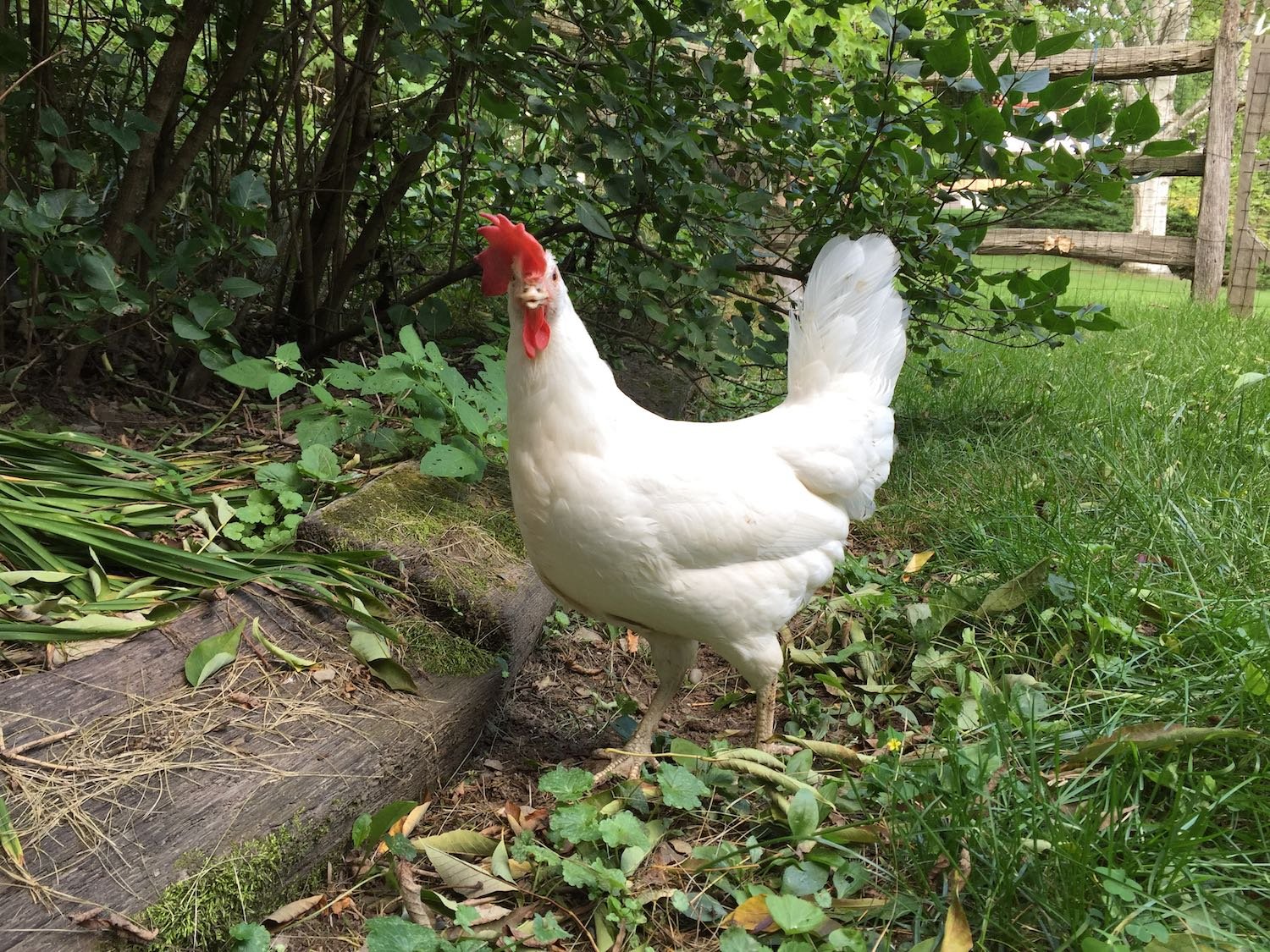
After several molts, daily sunshine and great food, Evelyn and her friends all became stunning hens.
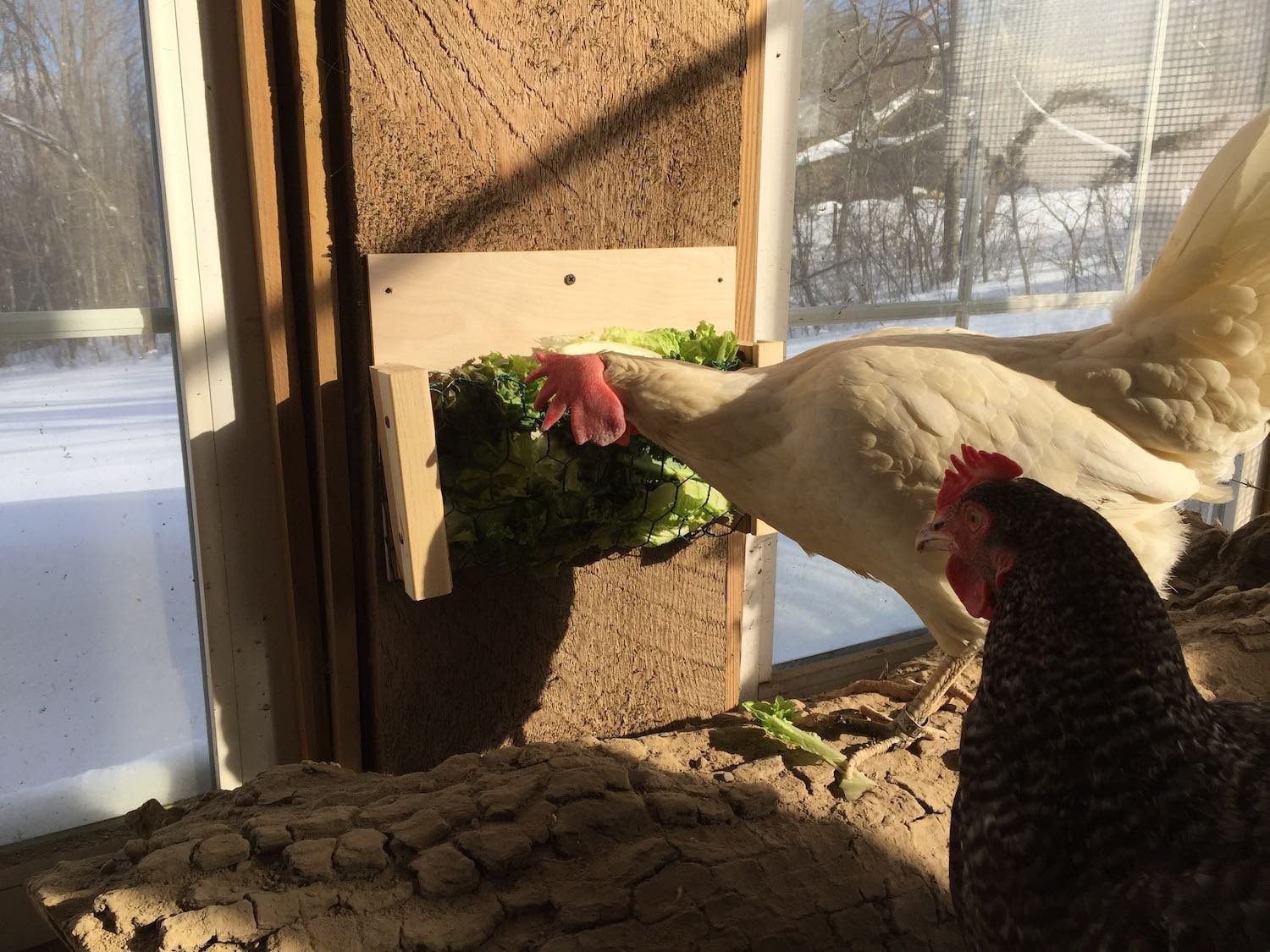
Evelyn mastered the veggie rack my niece and nephew made in middle school.

